Roma (1972 film)
7.4 /10 1 Votes
Initial DVD release April 10, 2001 Duration | 7.4/10 IMDb Genre Comedy, Drama Country ItalyFrance | |||||||||||||||||||||||||||||||||
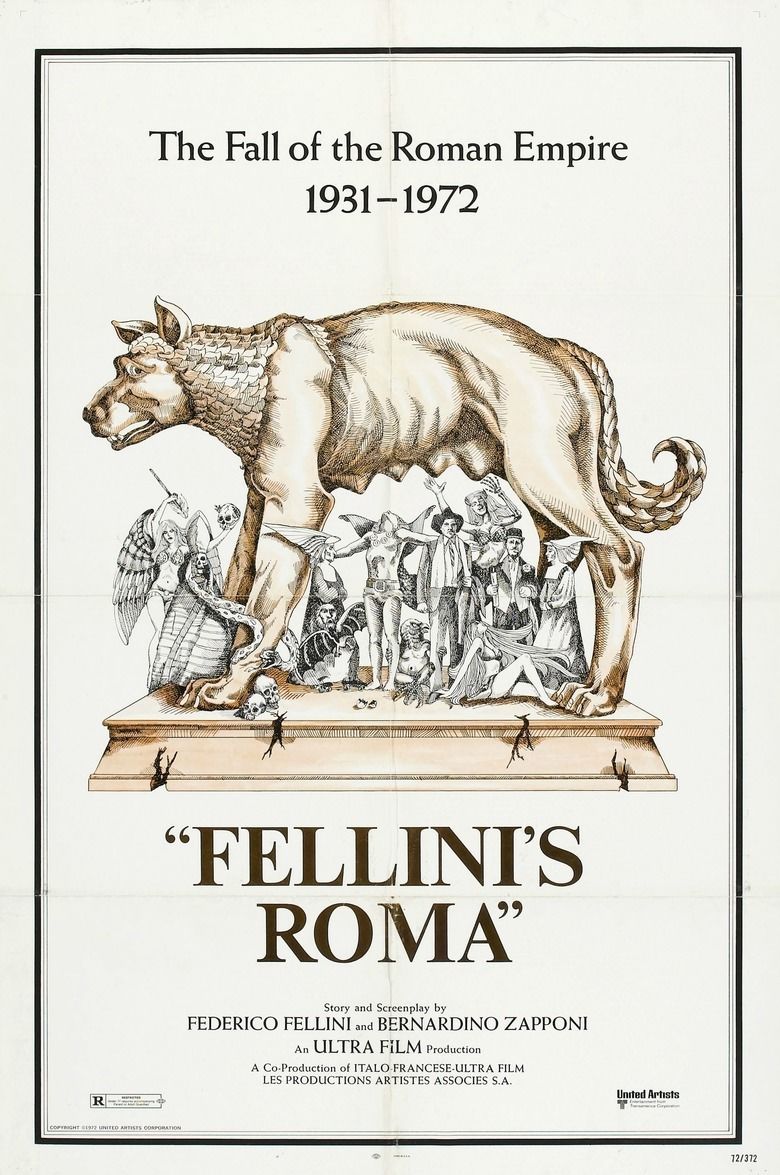 | ||||||||||||||||||||||||||||||||||
Language ItalianGermanEnglishFrenchLatinSpanish Release date 16 March 1972 (1972-03-16) Writer Federico Fellini (story), Bernardino Zapponi (story), Federico Fellini (screenplay), Bernardino Zapponi (screenplay) Cast Peter Gonzales Falcon (Fellini, Age 18), Fiona Florence (Young Prostitute), Pia De Doses (Princess Domitilla), Marne Maitland (Underground Guide), Renato Giovannoli (Cardinal Ottaviani), Elisa Mainardi (Pharmacist's wife / Cinema spectator)Similar movies The Hood Samaritan , Leopard Vision Vol.1 , Gladiator , Blackhat , Marching to Zion , Revelation - The Bride, The Beast & Babylon Tagline The fall of the Roman Empire 1931-1972. | ||||||||||||||||||||||||||||||||||
Trailer roma fellini 1972
Roma, also known as Fellini's Roma, is a 1972 semi-autobiographical, poetic comedy-drama film depicting director Federico Fellini's move from his native Rimini to Rome as a youth. It is a homage to the city, shown in a series of loosely connected episodes set during both Rome's past and present. The plot is minimal, and the only "character" to develop significantly is Rome herself. Peter Gonzales plays the young Fellini, and the film features mainly unknowns in the cast.
Contents
- Trailer roma fellini 1972
- Roma 1972 by federico fellini roma s prostitute
- Plot
- Alberto Sordis performance
- Cast
- Historical contrasts and modern alienation
- Narrative devices
- Release
- References

Roma 1972 by federico fellini roma s prostitute
Plot

Federico Fellini recounts his youth in Rome, an extremely crude, corrupt, cruel city, without shame or morals. The film opens up with a long traffic jam to the city. Once there, scenes are shown depicting Rome in the 1930s, with people visiting a third-class theater and a brothel. The most famous scene depicts the Vatican holding an extravagant fashion show with priests and nuns parading in all kinds of bizarre costumes. The film eventually concludes with a group of young motorcyclists riding into the city and a melancholic shot of actress Anna Magnani, whom the film crew met in the street during shooting and who would die some months afterwards.
Alberto Sordi's performance
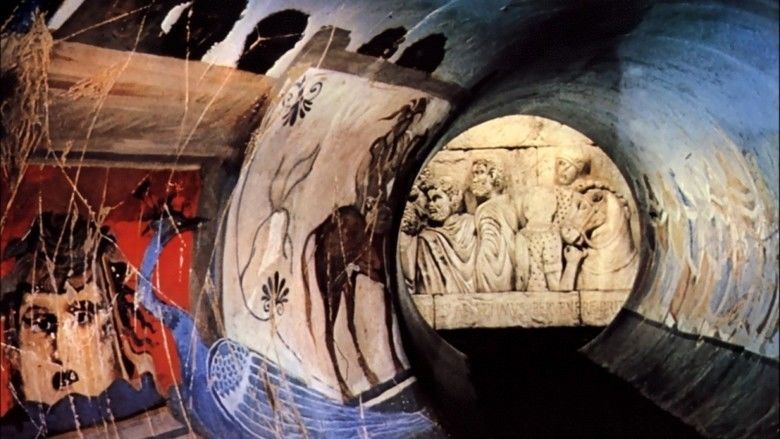
During editing, a scene with Alberto Sordi was cut because it was considered too immoral and cruel. Sordi played a rich man sitting at a bar watching some poor kids playing ball. A poor man, blind, sick and lame, comes to cross the street, preventing the rich man from viewing the scene. Alberto Sordi, annoyed, begins shouting insults at the blind man: "Get out of the way, you ugly old man! Get out!".
Cast
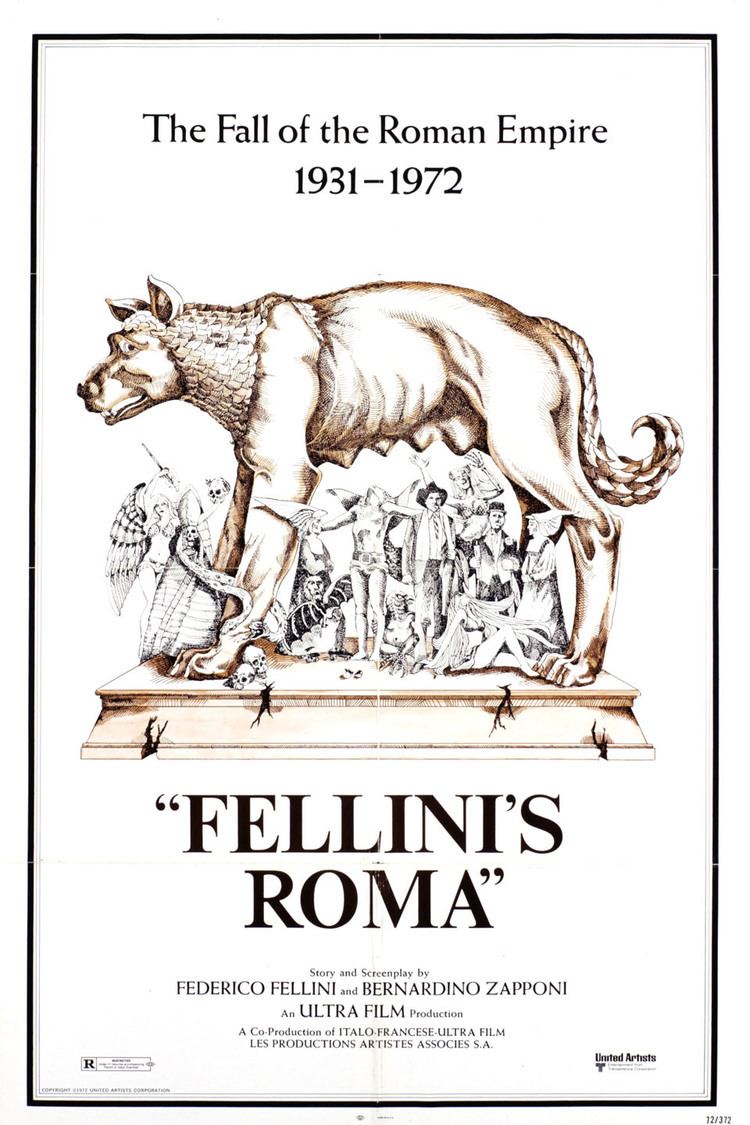
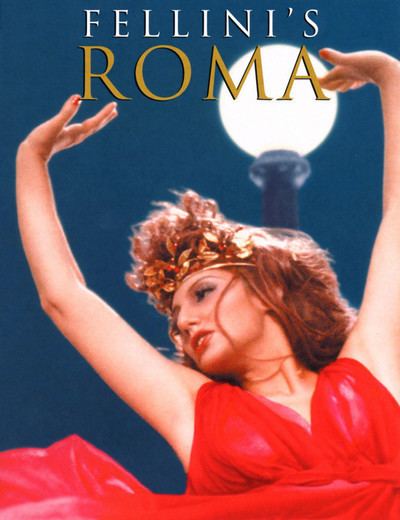
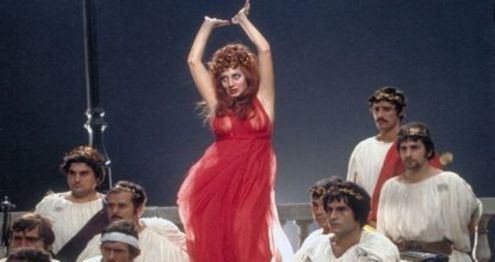
Historical contrasts and modern alienation
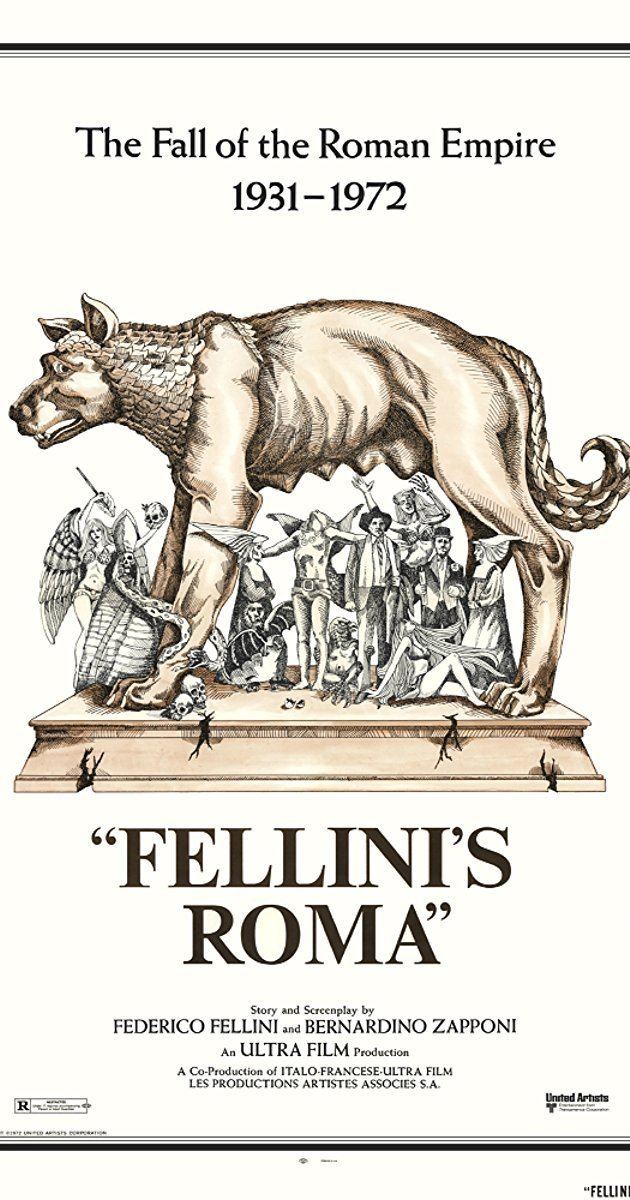
Fellini repeatedly contrasts Roman life during wartime Fascist Italy with life in the early 1970s. The wartime scenes emphasize the congregation of neighbors in Rome's public places, such as street restaurants, a variety show, and a bomb shelter. With the exception of hippies and a conversational scene with Fellini bemoaning the loss of Roman life with radical students, the analogous congregations of the 1970s are between automobiles and motorcycles. Fellini makes a comparison between the parade of prostitutes at wartime brothels and a fantasy runway fashion show featuring clerical garb and a papal audience.
Narrative devices
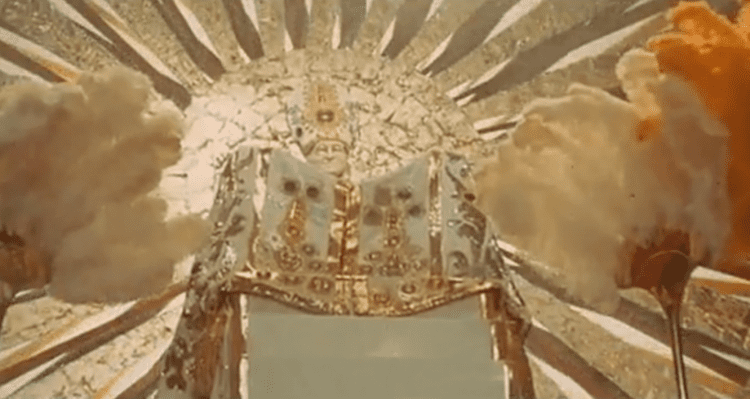
The plot (such as it is) centers on two journeys to Rome by the director. The first is as a young man in the late 1930s and early 1940s. The second is as the director of a film crew creating a movie about Rome. The film alternates between these two narratives.
Release
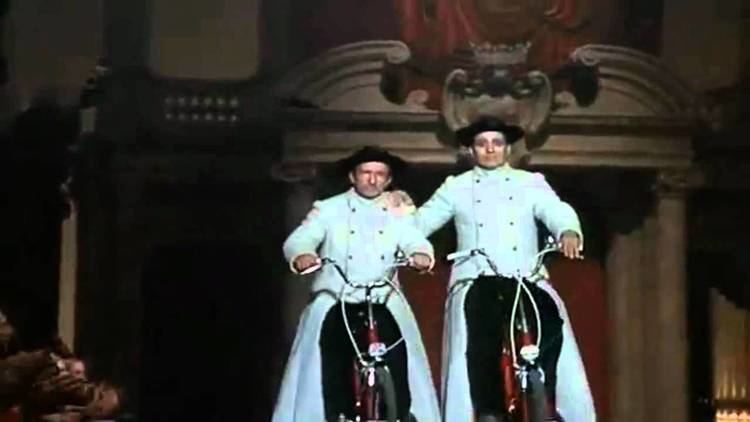
The film was screened at the 1972 Cannes Film Festival but wasn't entered into the main competition. The film was also selected as the Italian entry for the Best Foreign Language Film at the 45th Academy Awards but was not accepted as a nominee. The film has been made available in the Criterion Collection.
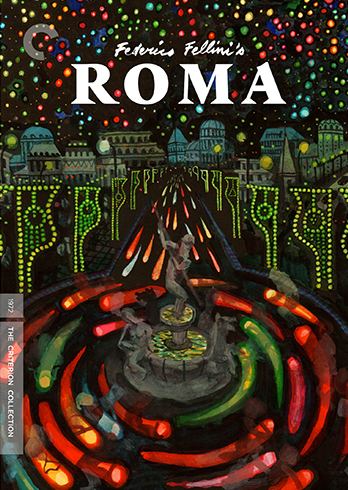
References
Roma (1972 film) WikipediaRoma (1972 film) IMDb Roma (1972 film) themoviedb.org
